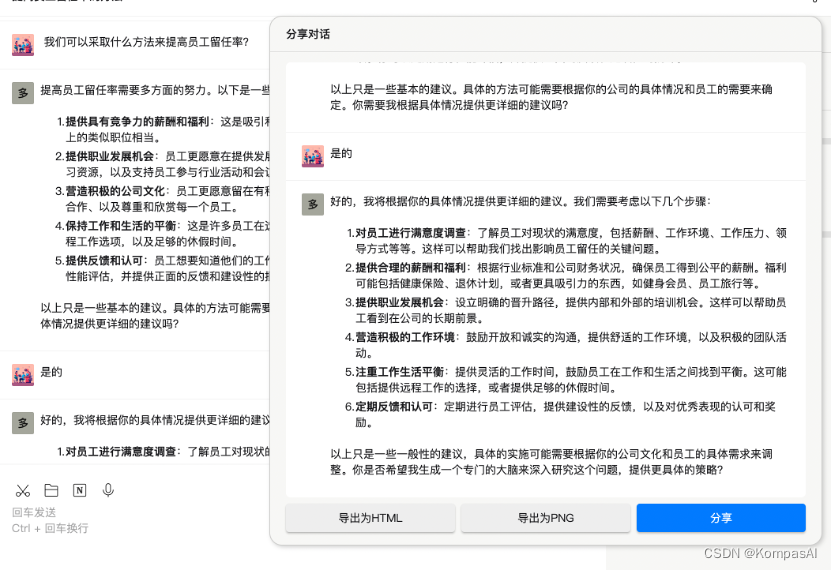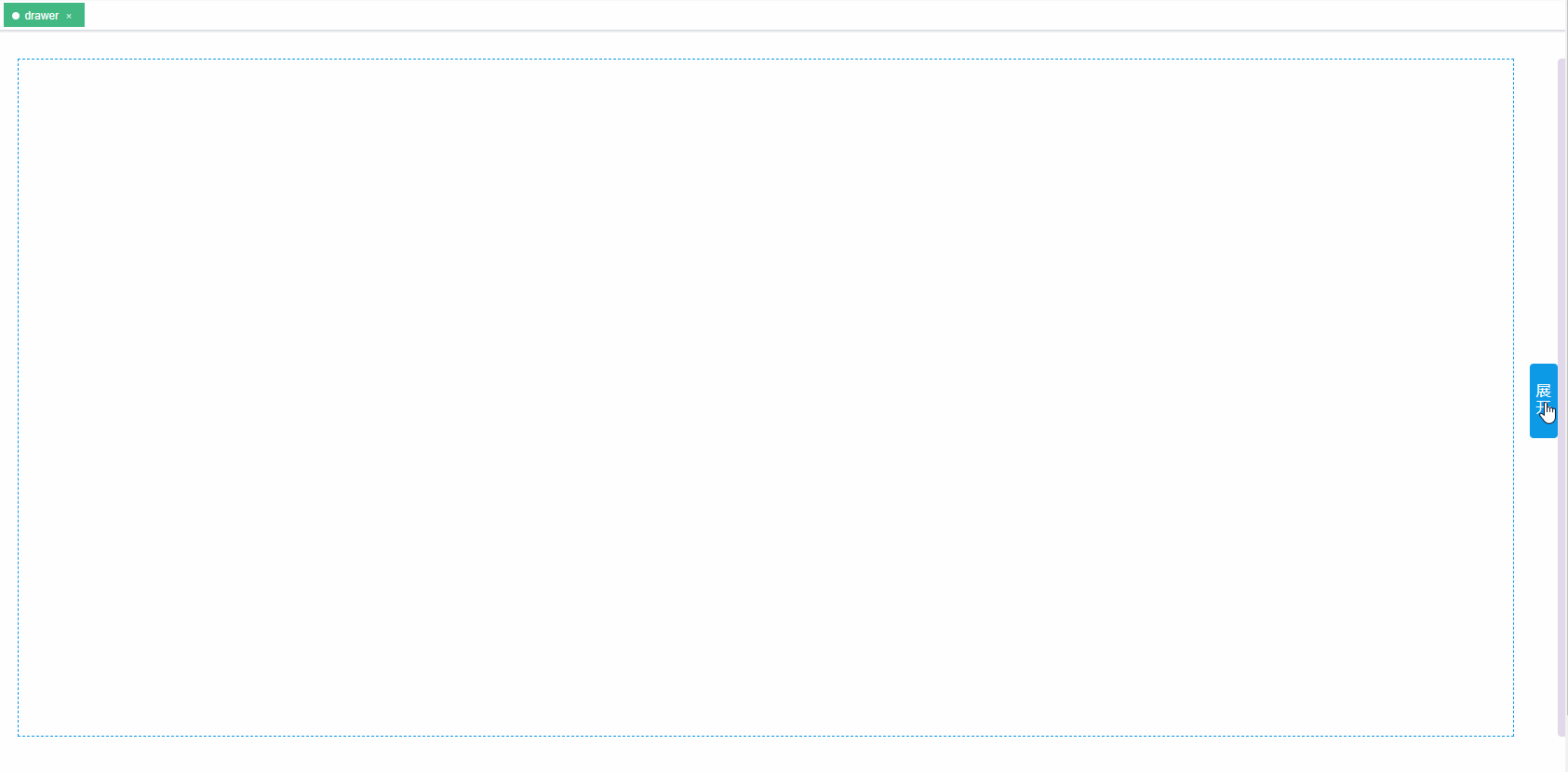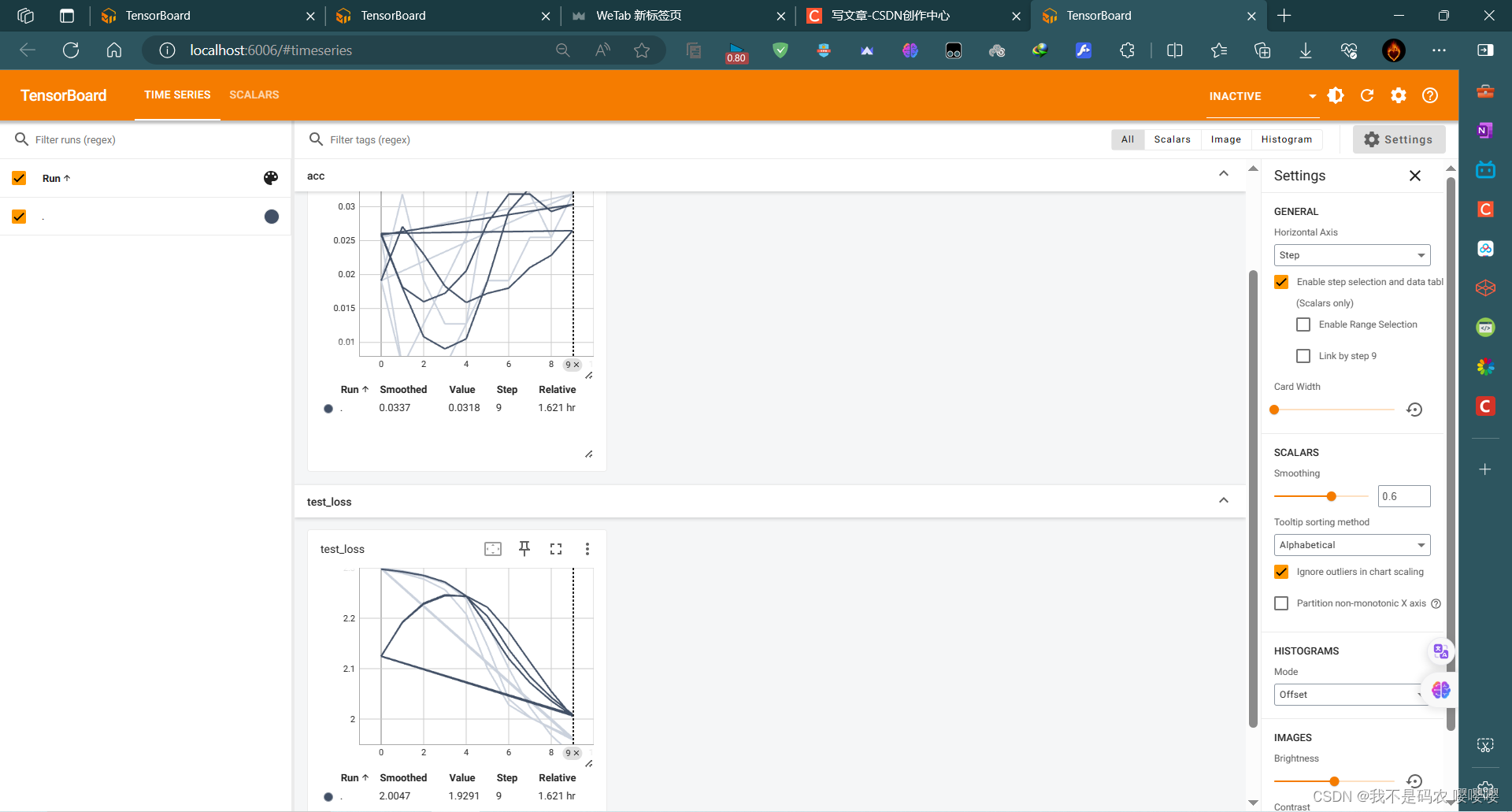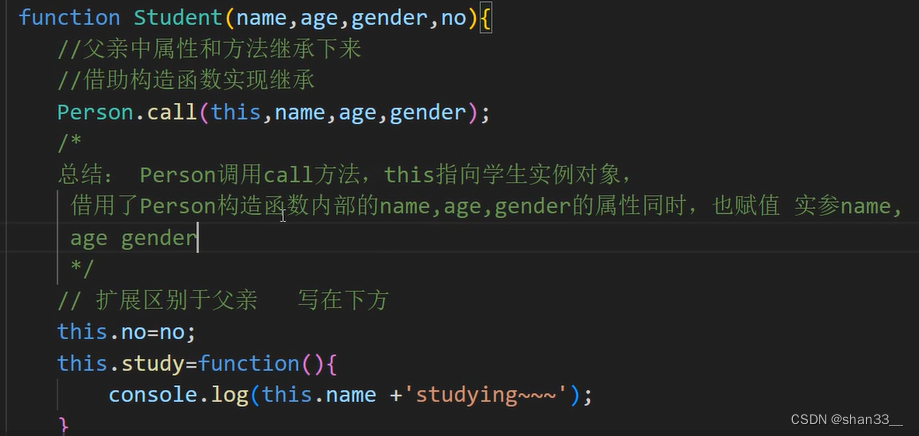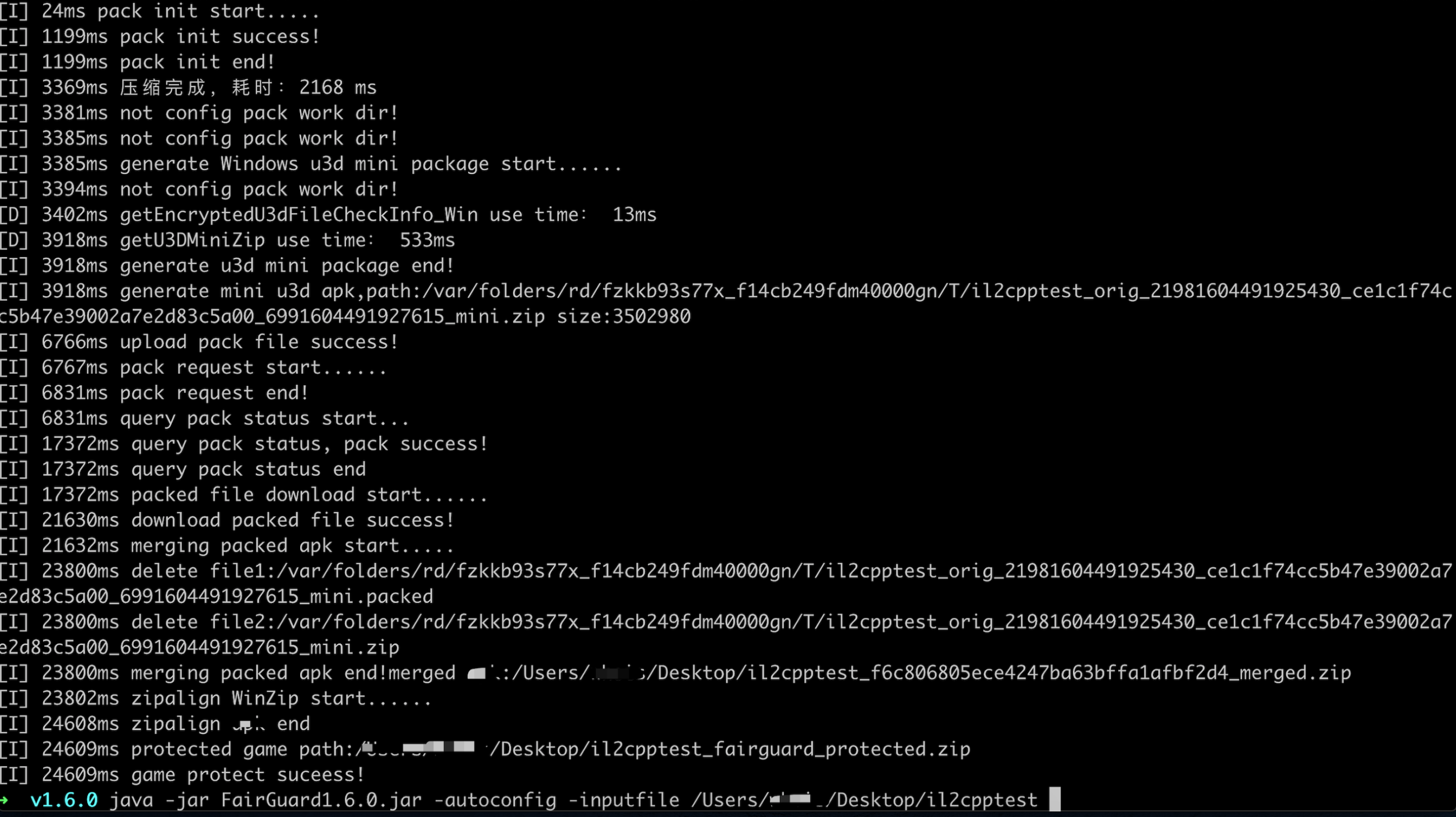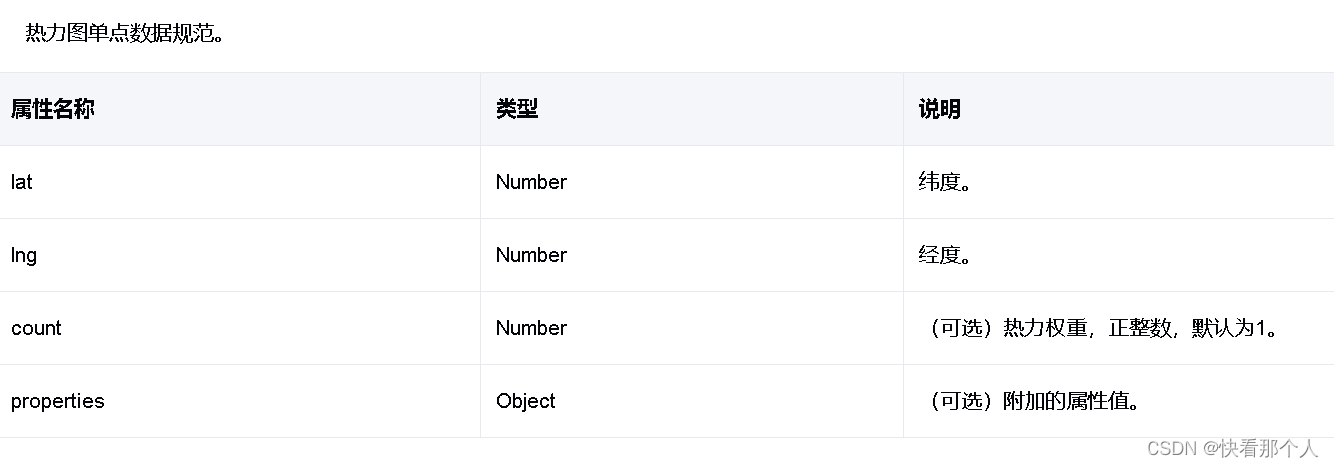文章目录
- 1 Redis的Java客户端
- 1.1 Jedis快速入门
- 1.1.1 入门案例
- 1.1.1.1 项目构建
- 1.1.1.2 引入依赖
- 1.1.1.3 建立连接
- 1.1.1.4 释放资源
- 1.1.1.5 测试
- 1.1.1.6 完整测试类代码
- 1.1.2 Jedis连接池
- 1.1.2.1 连接池工具类
- 1.1.2.2 改造原始代码
- 1.2 SpringDataRedis
- 1.2.1 RedisTemplate
- 1.2.2 快速入门
- 1.2.2.1 项目构建
- 1.2.2.2 引入依赖
- 1.2.2.3 配置application.yml文件
- 1.2.2.4 创建启动类
- 1.2.2.5 测试
- 1.2.3 数据序列化器
- 1.2.3.1 自定义RedisTemplate序列化方式
- 1.2.3.2 测试
🙊 前言:本文章为瑞_系列专栏之《Redis》的基础篇的Redis的Java客户端章节。由于博主是从B站黑马程序员的《Redis》学习其相关知识,所以本系列专栏主要是针对该课程进行笔记总结和拓展,文中的部分原理及图解等也是来源于黑马提供的资料,特此注明。本文仅供大家交流、学习及研究使用,禁止用于商业用途,违者必究!
主机操作系统:Windows10
VMware版本: VMware Workstation 16.2.4
Linux版本:CentOS 7 64位
远程连接工具:MobaXterm_Personal_23.2
Redis版本:redis-6.2.6.tar.gz
Redis客户端:resp-2022.2.0.0
相关链接:《瑞_VMware虚拟机安装Linux纯净版(含卸载,图文超详细)》
相关链接:《瑞_Redis_初识Redis(含安装教程)》
相关链接:《瑞_Redis_Redis客户端》
相关链接:《瑞_Redis_Redis命令》

1 Redis的Java客户端
在Redis官网中提供了各种语言的客户端,地址:https://redis.io/docs/clients/

标记为❤的就是推荐使用的java客户端,包括⬇️
- Jedis和Lettuce:这两个主要是提供了Redis命令对应的API,方便我们操作Redis,而SpringDataRedis又对这两种做了抽象和封装,因此我们后期会直接以SpringDataRedis来学习。
- Redisson:是在Redis基础上实现了分布式的可伸缩的java数据结构,例如Map.Queue等,而且支持跨进程的同步机制:Lock.Semaphore等待,比较适合用来实现特殊的功能需求。

Spring Data Redis 底层兼容了 Jedis 和 Lettuce
1.1 Jedis快速入门
Jedis的官网地址:http://github.com/redis/jedis
1.1.1 入门案例
1.1.1.1 项目构建
新建一个普通的 Maven 项目,项目名为jedis-demo,如下

1.1.1.2 引入依赖
pom.xml引入依赖如下:
<!--jedis--><dependency><groupId>redis.clients</groupId><artifactId>jedis</artifactId><version>3.7.0</version></dependency><!--单元测试--><dependency><groupId>org.junit.jupiter</groupId><artifactId>junit-jupiter</artifactId><version>5.7.0</version><scope>test</scope></dependency>

完整的pom.xml文件如下:
<?xml version="1.0" encoding="UTF-8"?>
<project xmlns="http://maven.apache.org/POM/4.0.0"xmlns:xsi="http://www.w3.org/2001/XMLSchema-instance"xsi:schemaLocation="http://maven.apache.org/POM/4.0.0 http://maven.apache.org/xsd/maven-4.0.0.xsd"><modelVersion>4.0.0</modelVersion><groupId>com.ray.study.redis</groupId><artifactId>jedis-demo</artifactId><version>1.0.0</version><properties><maven.compiler.source>8</maven.compiler.source><maven.compiler.target>8</maven.compiler.target></properties><dependencies><!--jedis--><dependency><groupId>redis.clients</groupId><artifactId>jedis</artifactId><version>3.7.0</version></dependency><!--单元测试--><dependency><groupId>org.junit.jupiter</groupId><artifactId>junit-jupiter</artifactId><version>5.7.0</version><scope>test</scope></dependency></dependencies>
</project>瑞:随时时间的推移,该版本可能已经较为老旧(但适配JDK1.8)如果下载不到该依赖,可以参考下面的配置
能下载到 jedis 3.7.0版本的镜像仓库的Maven配置
<mirror><id>nexus-aliyun</id><mirrorOf>*,!jeecg,!jeecg-snapshots</mirrorOf><name>Nexus aliyun</name><url>https://maven.aliyun.com/repository/public</url></mirror>
1.1.1.3 建立连接
新建一个单元测试类JedisTest,内容如下:

import org.junit.jupiter.api.AfterEach;
import org.junit.jupiter.api.BeforeEach;
import org.junit.jupiter.api.Test;
import redis.clients.jedis.Jedis;import java.util.Map;/*** Jedis快速入门测试** @author LiaoYuXing-Ray* @version 1.0* @createDate 2024/3/1 21:59**/
public class JedisTest {private Jedis jedis;@BeforeEachvoid setUp() {// 1.建立连接(IP换成你Redis服务的IP)jedis = new Jedis("192.168.13.128", 6379);// 2.设置密码(如果密码不一样请记得替换)jedis.auth("123456");// 3.选择库jedis.select(0);}
}
1.1.1.4 释放资源
单元测试类JedisTest中添加:
@AfterEach
void tearDown() {if (jedis != null) {jedis.close();}
}
瑞:释放连接千万不能忘,否则容易造成内存泄漏,内存泄漏的积累可能会导致内存溢出,后果非常严重
1.1.1.5 测试
单元测试类JedisTest中编写测试代码:
@Test
void testString() {// 存入数据String result = jedis.set("name", "虎哥");System.out.println("result = " + result);// 获取数据String name = jedis.get("name");System.out.println("name = " + name);
}@Test
void testHash() {// 插入hash数据jedis.hset("user:1", "name", "Jack");jedis.hset("user:1", "age", "21");// 获取Map<String, String> map = jedis.hgetAll("user:1");System.out.println(map);
}
1.1.1.6 完整测试类代码
import org.junit.jupiter.api.AfterEach;
import org.junit.jupiter.api.BeforeEach;
import org.junit.jupiter.api.Test;
import redis.clients.jedis.Jedis;import java.util.Map;/*** Jedis快速入门测试** @author LiaoYuXing-Ray* @version 1.0* @createDate 2024/3/1 21:59**/
public class JedisTest {private Jedis jedis;@BeforeEachvoid setUp() {// 1.建立连接(IP换成你Redis服务的IP)jedis = new Jedis("192.168.13.128", 6379);// 2.设置密码(如果密码不一样请记得替换)jedis.auth("123456");// 3.选择库jedis.select(0);}@AfterEachvoid tearDown() {if (jedis != null) {jedis.close();}}@Testvoid testString() {// 存入数据String result = jedis.set("name", "瑞神");System.out.println("result = " + result);// 获取数据String name = jedis.get("name");System.out.println("name = " + name);}@Testvoid testHash() {// 插入hash数据jedis.hset("user:1", "name", "Jack");jedis.hset("user:1", "age", "21");// 获取Map<String, String> map = jedis.hgetAll("user:1");System.out.println(map);}
}运行结果如下⬇️

瑞:
如果连接不上Linux中的Redis服务,可以参考《附:解决Liunx防火墙和开放端口号》
其它Redis数据类型的命令不演示,有需要可以参考《瑞_Redis_Redis命令》
1.1.2 Jedis连接池
Jedis本身是线程不安全的,并且频繁的创建和销毁连接会有性能损耗,因此我们推荐大家使用Jedis连接池代替Jedis的直连方式。
有关池化思想,并不仅仅是这里会使用,很多地方都有,比如说我们的数据库连接池,比如我们 tomcat 中的线程池,这些都是池化思想的体现。
1.1.2.1 连接池工具类
瑞:以下代码基于本文1.1.1章节的项目
创建JedisConnectionFactory连接池工具类

import redis.clients.jedis.Jedis;
import redis.clients.jedis.JedisPool;
import redis.clients.jedis.JedisPoolConfig;/*** Jedis 连接池工具类** @author LiaoYuXing-Ray* @version 1.0* @createDate 2024/3/1 22:32**/
public class JedisConnectionFactory {private static final JedisPool jedisPool;static {// 配置连接池JedisPoolConfig poolConfig = new JedisPoolConfig();// 最大连接poolConfig.setMaxTotal(8);// 最大空闲连接poolConfig.setMaxIdle(8);// 最小空闲连接poolConfig.setMinIdle(0);// 设置最长等待时间,单位:mspoolConfig.setMaxWaitMillis(1000);// 创建连接池对象(记得替换为你Redis服务的IP,端口,密码)jedisPool = new JedisPool(poolConfig,"192.168.13.128",6379,1000,"123456");}// 获取Jedis对象public static Jedis getJedis(){return jedisPool.getResource();}
}
代码说明:
- 1) JedisConnectionFacotry:工厂设计模式是实际开发中非常常用的一种设计模式,我们可以使用工厂,去降低代的耦合,比如Spring中的Bean的创建,就用到了工厂设计模式
瑞:工厂模式详情可以参考《瑞_23种设计模式_工厂模式》
- 2)静态代码块:随着类的加载而加载,确保只能执行一次,我们在加载当前工厂类的时候,就可以执行static的操作完成对连接池的初始化
- 3)最后提供返回连接池中连接的方法
1.1.2.2 改造原始代码
对JedisTest类进行如下改造,测试方法不变
@BeforeEachvoid setUp() {// 1.建立连接(IP换成你Redis服务的IP)
// jedis = new Jedis("192.168.13.128", 6379);// 代码改造jedis = JedisConnectionFactory.getJedis();// 2.设置密码(如果密码不一样请记得替换)jedis.auth("123456");// 3.选择库jedis.select(0);}@AfterEachvoid tearDown() {if (jedis != null) {// 代码未修改,但是执行逻辑变为向连接池归还连接对象jedis.close();}}

代码说明:
在我们完成了使用工厂设计模式来完成代码的编写之后,我们在获得连接时,就可以通过工厂来获得。而不用直接去new对象,降低耦合,并且使用的还是连接池对象。
当我们使用了连接池后,我们关闭连接其实并不是关闭,而是将Jedis连接对象还回连接池
1.2 SpringDataRedis
SpringData是Spring中数据操作的模块,包含对各种数据库的集成,其中对Redis的集成模块就叫做SpringDataRedis,官网地址:https://spring.io/projects/spring-data-redis
- 提供了对不同Redis客户端的整合(Lettuce和Jedis)
- 提供了RedisTemplate统一API来操作Redis
- 支持Redis的发布订阅模型
- 支持Redis哨兵和Redis集群
- 支持基于Lettuce的响应式编程
- 支持基于JDK.JSON.字符串.Spring对象的数据序列化及反序列化
- 支持基于Redis的JDKCollection实现
SpringDataJpa使用起来非常简单,记住如下几个步骤即可
SpringDataRedis的使用步骤:
- 引入spring-boot-starter-data-redis依赖
- 在application.yml配置Redis信息
- 注入RedisTemplate
1.2.1 RedisTemplate
SpringDataRedis中提供了RedisTemplate工具类,其中封装了各种对Redis的操作。并且将不同数据类型的操作API封装到了不同的类型中:
| API | 返回值类型 | 说明 |
|---|---|---|
| redisTemplate.opsForValue() | ValueOperations | 操作String类型数据 |
| redisTemplate.opsForHash() | HashOperations | 操作Hash类型数据 |
| redisTemplate.opsForList() | ListOperations | 操作List类型数据 |
| redisTemplate.opsForSet() | SetOperations | 操作Set类型数据 |
| redisTemplate.opsForZSet() | ZSetOperations | 操作SortedSet类型数据 |
| redisTemplate | 通用的命令 |
1.2.2 快速入门
SpringBoot已经提供了对SpringDataRedis的支持,使用非常简单:
1.2.2.1 项目构建
新建一个普通的 Maven 项目,项目名为springdataredis-demo,如下

1.2.2.2 引入依赖
pom.xml引入依赖如下:
<!--Redis依赖--><dependency><groupId>org.springframework.boot</groupId><artifactId>spring-boot-starter-data-redis</artifactId></dependency> <!--连接池依赖--><dependency><groupId>org.apache.commons</groupId><artifactId>commons-pool2</artifactId></dependency>

完整的pom.xml文件如下:
<?xml version="1.0" encoding="UTF-8"?>
<project xmlns="http://maven.apache.org/POM/4.0.0"xmlns:xsi="http://www.w3.org/2001/XMLSchema-instance"xsi:schemaLocation="http://maven.apache.org/POM/4.0.0 http://maven.apache.org/xsd/maven-4.0.0.xsd"><modelVersion>4.0.0</modelVersion><parent><groupId>org.springframework.boot</groupId><artifactId>spring-boot-starter-parent</artifactId><version>2.7.12</version><relativePath/> <!-- lookup parent from repository --></parent><groupId>com.ray.study.redis</groupId><artifactId>springdataredis-demo</artifactId><version>1.0.0</version><name>redis-demo</name><description>Demo project for Spring Boot</description><properties><java.version>1.8</java.version></properties><dependencies><!--redis依赖--><dependency><groupId>org.springframework.boot</groupId><artifactId>spring-boot-starter-data-redis</artifactId></dependency><!--common-pool--><dependency><groupId>org.apache.commons</groupId><artifactId>commons-pool2</artifactId></dependency><!--Jackson依赖--><dependency><groupId>com.fasterxml.jackson.core</groupId><artifactId>jackson-databind</artifactId></dependency><dependency><groupId>org.projectlombok</groupId><artifactId>lombok</artifactId><optional>true</optional></dependency><dependency><groupId>org.springframework.boot</groupId><artifactId>spring-boot-starter-test</artifactId><scope>test</scope></dependency></dependencies><build><plugins><plugin><groupId>org.springframework.boot</groupId><artifactId>spring-boot-maven-plugin</artifactId><configuration><excludes><exclude><groupId>org.projectlombok</groupId><artifactId>lombok</artifactId></exclude></excludes></configuration></plugin></plugins></build></project>1.2.2.3 配置application.yml文件
spring:redis:# Redis 服务IPhost: 192.168.13.128# Redis 服务端口号port: 6379# Redis 服务密码password: 123456lettuce:pool:# 最大连接max-active: 8# 最大空闲连接max-idle: 8# 最小空闲连接min-idle: 0# 连接等待时间max-wait: 100ms

1.2.2.4 创建启动类
新建一个springboot启动类SpringDataRedisApplication,内容如下:
import org.springframework.boot.SpringApplication;
import org.springframework.boot.autoconfigure.SpringBootApplication;/*** 启动类** @author LiaoYuXing-Ray* @version 1.0* @createDate 2024/3/1 23:47**/
@SpringBootApplication
public class SpringDataRedisApplication {public static void main(String[] args) {SpringApplication.run(SpringDataRedisApplication.class, args);}
}
1.2.2.5 测试
新建一个单元测试类SpringDataRedisDemoApplicationTest,内容如下:
import com.ray.springdateredis.SpringDataRedisApplication;
import org.junit.jupiter.api.Test;
import org.springframework.beans.factory.annotation.Autowired;
import org.springframework.boot.test.context.SpringBootTest;
import org.springframework.data.redis.core.RedisTemplate;/*** SpringDataRedis 测试类** @author LiaoYuXing-Ray* @version 1.0* @createDate 2024/3/1 23:41**/
@SpringBootTest(classes = SpringDataRedisApplication.class)
public class SpringDataRedisDemoApplicationTest {// 注入RedisTemplate@Autowiredprivate RedisTemplate<String, Object> redisTemplate;@Testvoid testString() {// 写入一条String数据redisTemplate.opsForValue().set("name", "瑞神");// 获取string数据Object name = redisTemplate.opsForValue().get("name");System.out.println("name = " + name);}
}

1.2.3 数据序列化器
SpringDataRedis的序列化方式:RedisTemplate可以接收任意Object作为值写入Redis,只不过写入前会把Object序列化为字节形式,默认是采用JDK序列化,得到的结果是这样的:

缺点:
- 可读性差
- 内存占用较大
瑞:我们希望写入什么即存入什么
1.2.3.1 自定义RedisTemplate序列化方式
可以自定义RedisTemplate的序列化方式,创建配置类RedisConfig,代码如下:
@Configuration
public class RedisConfig {@Beanpublic RedisTemplate<String, Object> redisTemplate(RedisConnectionFactory connectionFactory) {// 创建RedisTemplate对象RedisTemplate<String, Object> template = new RedisTemplate<>();// 设置连接工厂template.setConnectionFactory(connectionFactory);// 创建JSON序列化工具GenericJackson2JsonRedisSerializer jsonRedisSerializer =new GenericJackson2JsonRedisSerializer();// 设置Key的序列化template.setKeySerializer(RedisSerializer.string());template.setHashKeySerializer(RedisSerializer.string());// 设置Value的序列化template.setValueSerializer(jsonRedisSerializer);template.setHashValueSerializer(jsonRedisSerializer);// 返回return template;}
}

1.2.3.2 测试
创建实体类User,如下:
import lombok.AllArgsConstructor;
import lombok.Data;
import lombok.NoArgsConstructor;@Data
@NoArgsConstructor
@AllArgsConstructor
public class User {private String name;private Integer age;
}

修改测试类SpringDataRedisDemoApplicationTest,如下:
// 注入RedisTemplate@Autowiredprivate RedisTemplate<String, Object> redisTemplate;@Testvoid testSaveUser() {// 写入数据redisTemplate.opsForValue().set("user:100", new User("瑞神", 21));// 获取数据User o = (User) redisTemplate.opsForValue().get("user:100");System.out.println("o = " + o);}
修改后完整测试类SpringDataRedisDemoApplicationTest代码
import com.ray.springdateredis.SpringDataRedisApplication;
import com.ray.springdateredis.pojo.User;
import org.junit.jupiter.api.Test;
import org.springframework.beans.factory.annotation.Autowired;
import org.springframework.boot.test.context.SpringBootTest;
import org.springframework.data.redis.core.RedisTemplate;/*** SpringDataRedis 测试类** @author LiaoYuXing-Ray* @version 1.0* @createDate 2024/3/1 23:41**/
@SpringBootTest(classes = SpringDataRedisApplication.class)
public class SpringDataRedisDemoApplicationTest {// 注入RedisTemplate@Autowiredprivate RedisTemplate<String, Object> redisTemplate;@Testvoid testString() {// 写入一条String数据redisTemplate.opsForValue().set("name", "瑞神");// 获取string数据Object name = redisTemplate.opsForValue().get("name");System.out.println("name = " + name);}@Testvoid testSaveUser() {// 写入数据redisTemplate.opsForValue().set("user:100", new User("瑞神", 21));// 获取数据User o = (User) redisTemplate.opsForValue().get("user:100");System.out.println("o = " + o);}
}
如果觉得这篇文章对您有所帮助的话,请动动小手点波关注💗,你的点赞👍收藏⭐️转发🔗评论📝都是对博主最好的支持~

